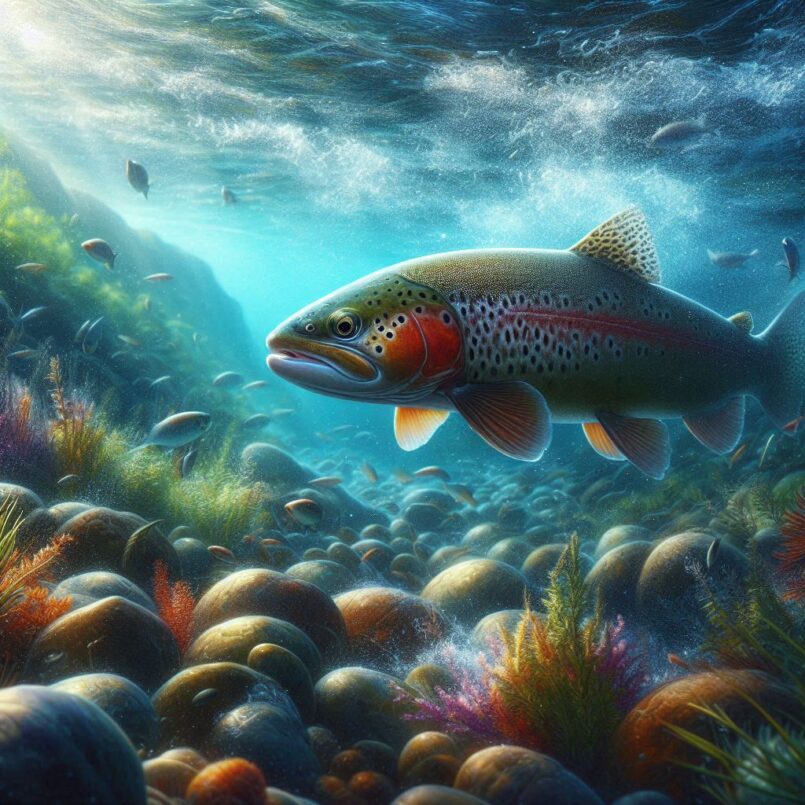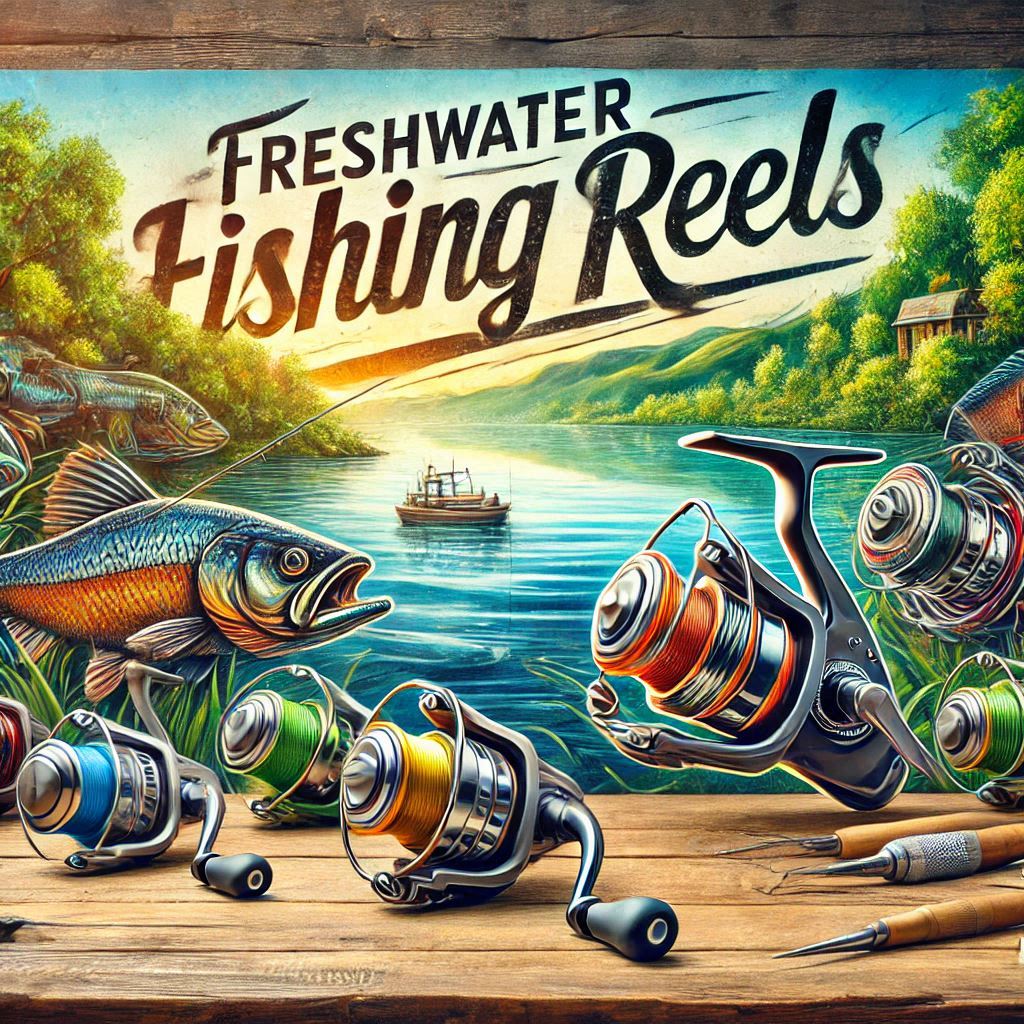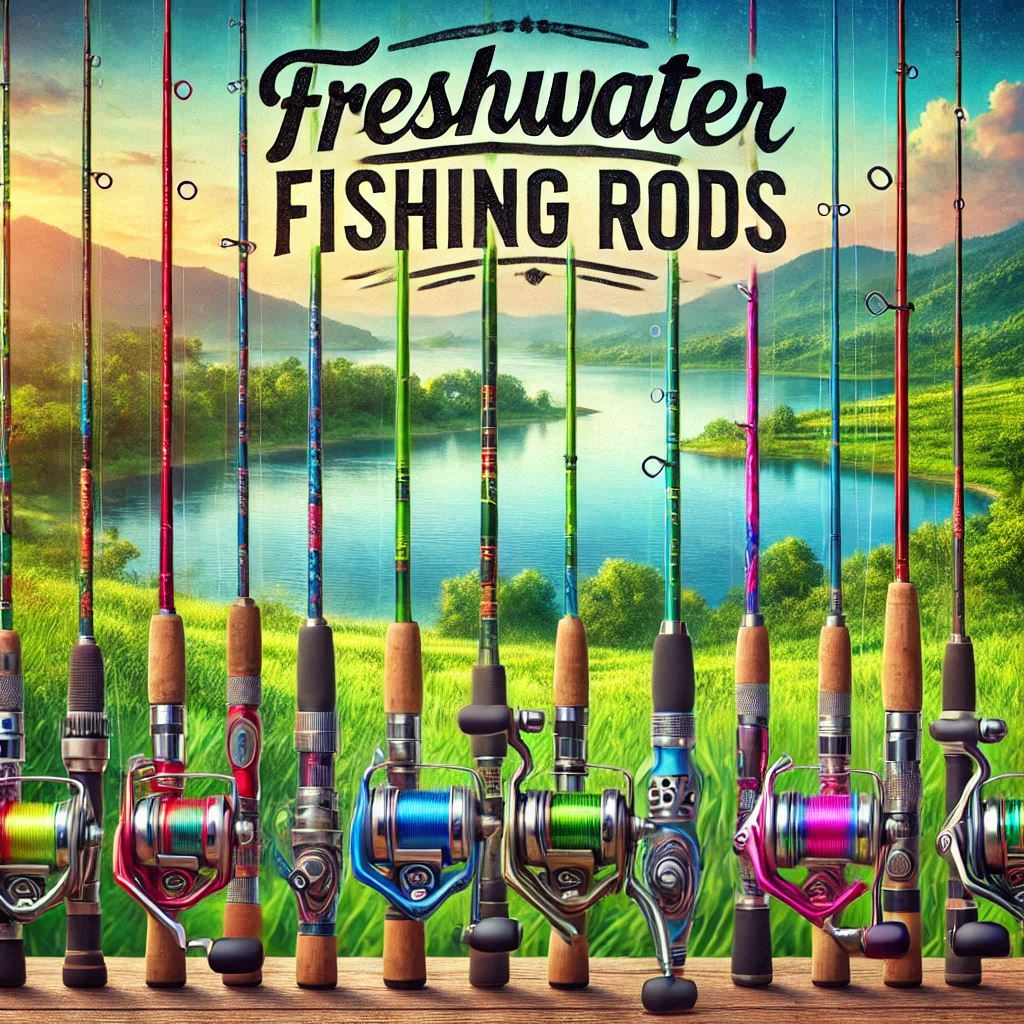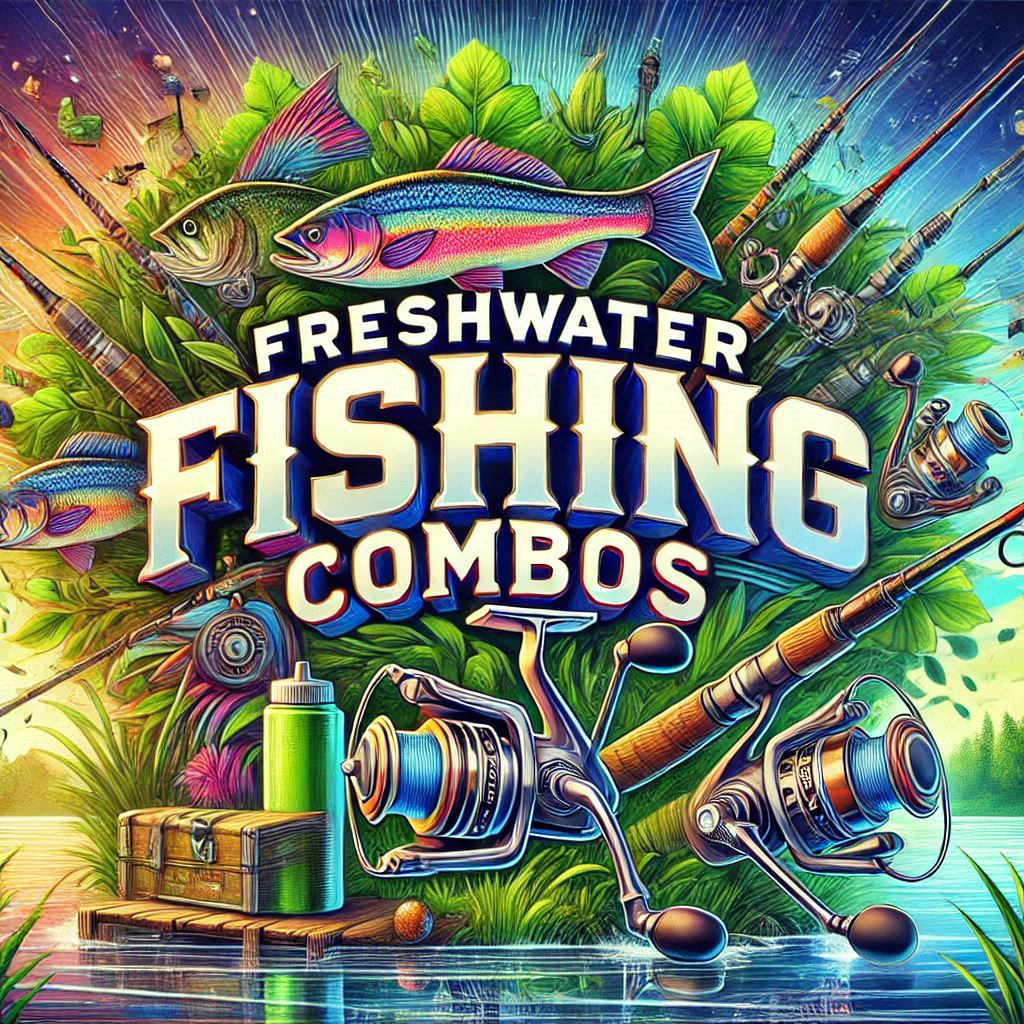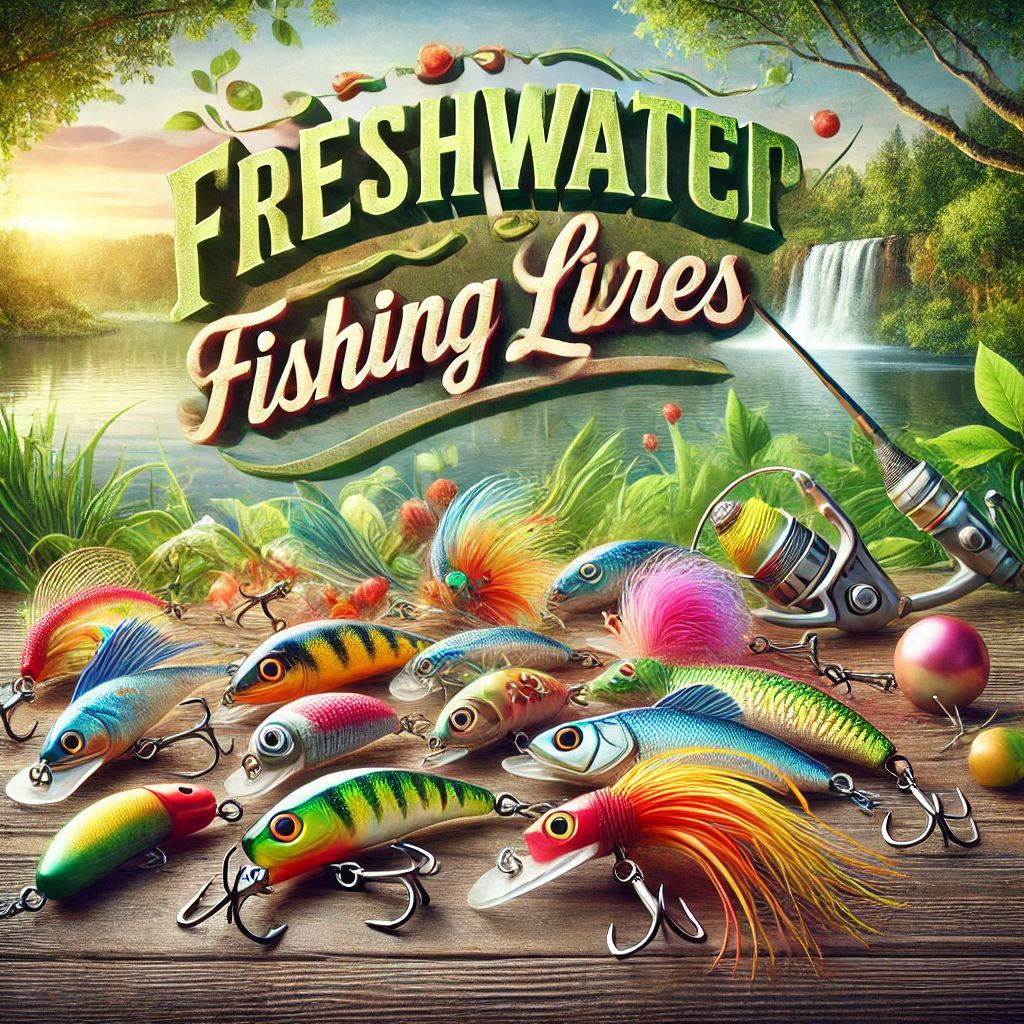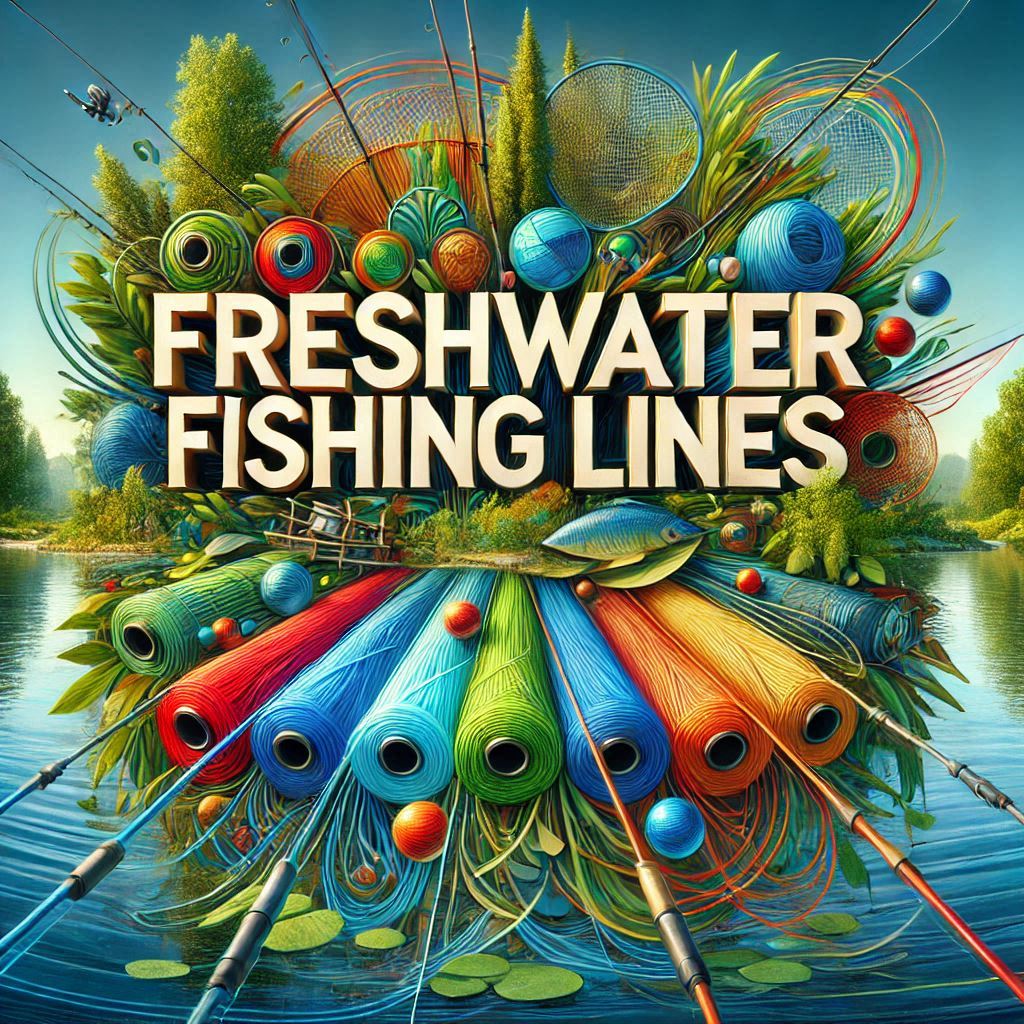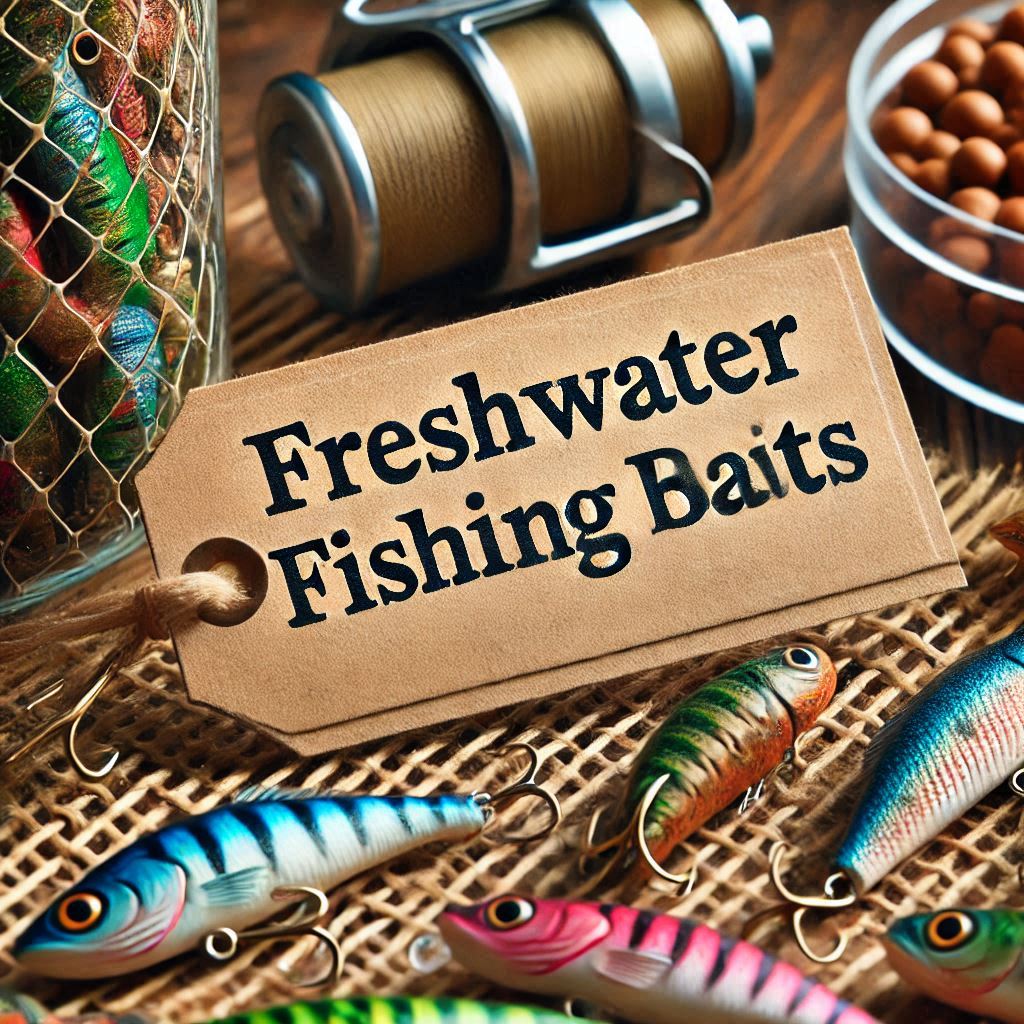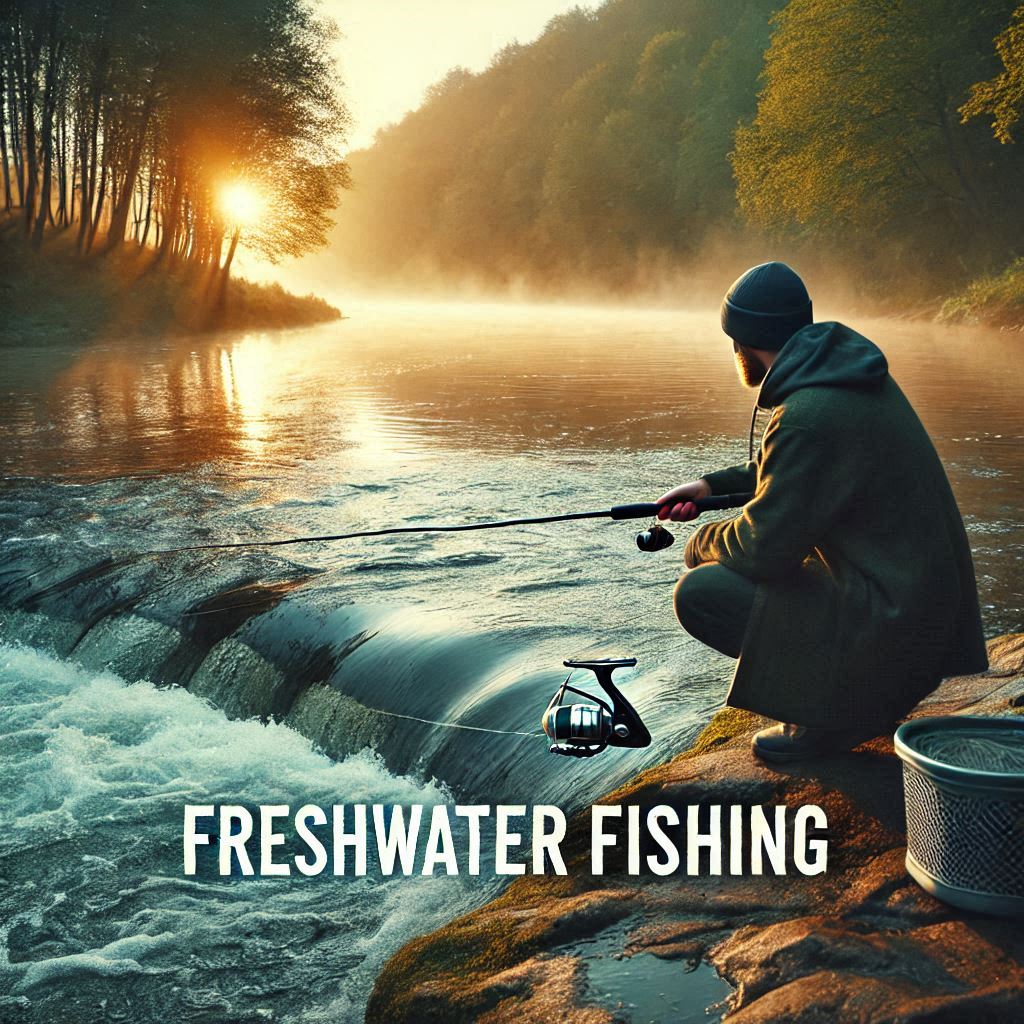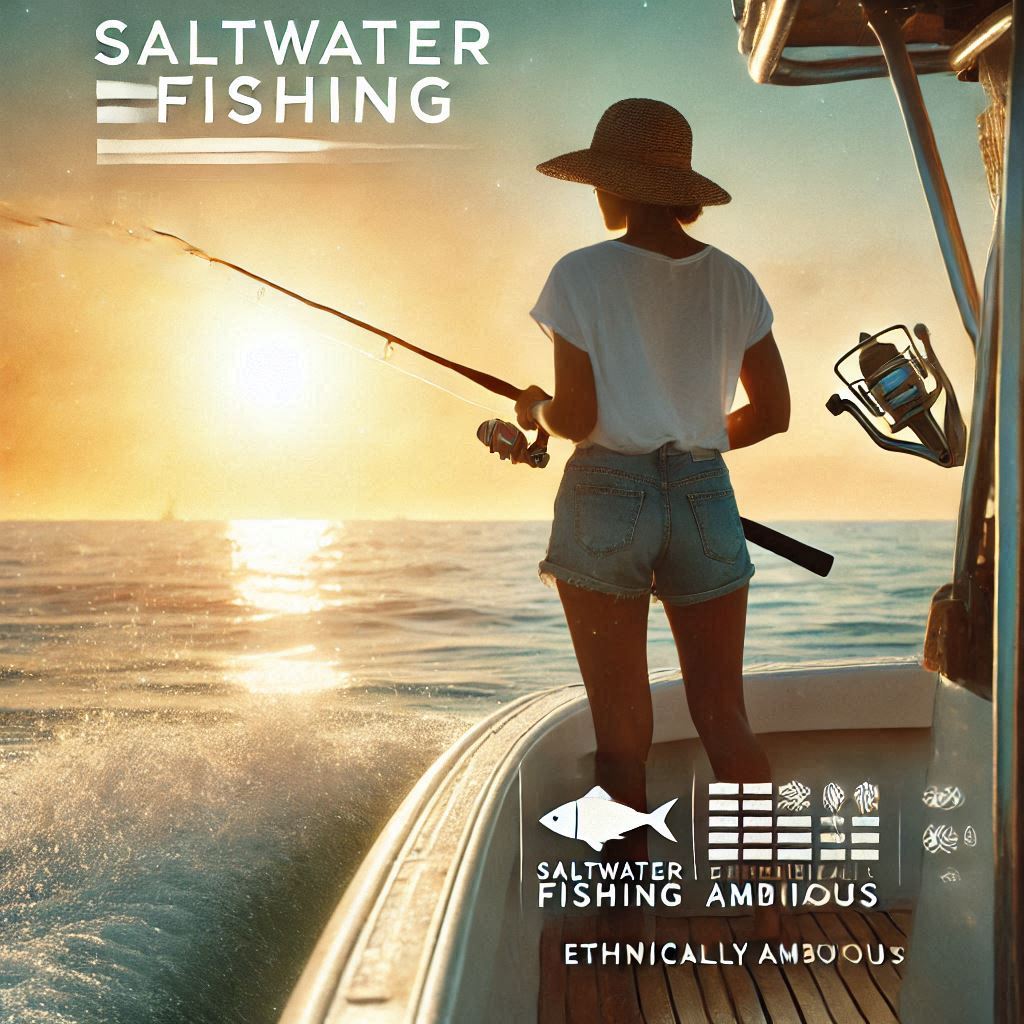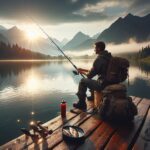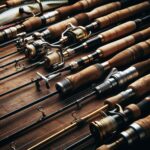Trout fishing is a beloved pastime that captivates anglers of all skill levels with its unique blend of challenge, excitement, and natural beauty. Whether you’re casting your line in a serene mountain stream or a tranquil lake, the pursuit of trout offers an unparalleled connection to the outdoors and a chance to test your skills against one of nature’s most cunning fish. The allure of trout fishing lies not only in the thrill of the catch but also in the peaceful moments spent in pristine environments, surrounded by the sights and sounds of nature.
For beginners and seasoned anglers alike, trout fishing presents an opportunity to continually learn and refine techniques. From mastering the art of fly fishing to understanding the intricacies of trout behavior, there’s always something new to discover. The satisfaction of outsmarting a wily trout with the perfect cast or lure selection is a feeling that keeps anglers coming back to the water time and time again.
Moreover, trout fishing is more than just a sport; it’s a way to connect with conservation efforts and appreciate the delicate balance of aquatic ecosystems. Many anglers develop a deep respect for the environment and become advocates for protecting the habitats that support healthy trout populations. This connection to nature and wildlife adds a meaningful dimension to the fishing experience, making it a fulfilling and rewarding pursuit for those who embrace it.
What is Special About Trout
Trout are renowned for their beauty, intelligence, and the challenge they present to anglers. These fish are known for their vibrant colors and distinctive patterns, which can vary widely depending on the species and habitat. Rainbow trout, for instance, display a dazzling array of hues, while brown trout often exhibit golden-brown tones with striking red spots. This visual appeal makes trout not only a prized catch but also a subject of admiration for nature enthusiasts.
Beyond their appearance, trout are celebrated for their adaptability and keen senses. They have evolved to thrive in cool, clean waters and possess an acute ability to detect predators and potential food sources. This heightened awareness makes them particularly challenging to catch, requiring anglers to employ stealth and skill in their approach. The combination of their physical attributes and behavioral traits makes trout fishing a uniquely engaging and rewarding experience.
Why Do People Like Trout Fishing
People are drawn to trout fishing for a multitude of reasons, chief among them being the pure enjoyment of the sport. The challenge of outsmarting these clever fish, combined with the peaceful settings in which they’re typically found, provides a perfect escape from the stresses of daily life. Trout fishing offers a chance to immerse oneself in nature, whether it’s wading through a babbling brook or casting from the shore of a pristine alpine lake.
Additionally, many anglers appreciate the technical aspects of trout fishing. The sport encourages continuous learning and skill development, from understanding fish behavior and habitat to mastering various fishing techniques. For many, the satisfaction of catching a trout using a carefully selected fly or lure that mimics the fish’s natural prey is unparalleled. This combination of mental engagement, physical activity, and connection with nature makes trout fishing a deeply fulfilling pursuit for millions of enthusiasts worldwide.
Are Trout Fish Good to Eat
Trout are widely regarded as excellent table fare, prized for their delicate, flaky flesh and mild, slightly nutty flavor. Freshly caught trout, when properly prepared, offers a dining experience that rivals that of many high-end seafood restaurants. The taste can vary slightly depending on the species and the trout’s diet, with wild trout often having a more pronounced flavor compared to their farm-raised counterparts.
From a nutritional standpoint, trout are an excellent source of lean protein, omega-3 fatty acids, and various vitamins and minerals. This makes them a healthy choice for those looking to incorporate more fish into their diet. Whether grilled, baked, smoked, or pan-fried, trout’s versatility in the kitchen adds to its appeal as a culinary delight. However, it’s important for anglers to be aware of local fishing regulations and consumption advisories to ensure sustainable practices and safe eating.
What Do Trout like to Eat
Trout are opportunistic feeders with a diverse diet that varies depending on their habitat and the time of year. In natural settings, they primarily feed on aquatic insects, such as mayflies, caddisflies, and stoneflies, in both their larval and adult stages. These insects make up a significant portion of a trout’s diet and are the basis for many popular fly fishing patterns.
In addition to insects, trout also consume smaller fish, crustaceans, worms, and even small mammals or amphibians when available. They are known to be particularly fond of minnows, sculpins, and other small baitfish. This varied diet is why anglers often find success using a wide range of lures and baits, from artificial flies that imitate insects to spinners and jigs that mimic small fish.
Best Time of the Year to Go Trout Fishing
The best time of year to catch trout can vary depending on the specific location and species, but generally, spring and fall are considered prime seasons for trout fishing. In spring, as water temperatures begin to rise, trout become more active and feed heavily to recover from the winter months. This increased activity often coincides with insect hatches, making it an excellent time for fly fishing.
Fall is another productive season for trout fishing. As water temperatures cool, trout once again become more active, feeding aggressively to prepare for winter. During this time, they may be more willing to chase lures or strike at larger flies. However, it’s worth noting that trout can be caught year-round in many areas, with each season offering its own unique challenges and rewards. Winter fishing, for example, can be highly productive in tailwaters or spring-fed streams where water temperatures remain relatively stable.
When is the Best Time of the Day to Go Trout Fishing
The best time of day to catch trout often depends on factors such as water temperature, light conditions, and insect activity. Generally, early morning and late evening are considered prime times for trout fishing. During these periods, light levels are low, and water temperatures are cooler, which can trigger increased feeding activity among trout.
In the early morning, trout may be actively feeding on insects that have hatched overnight or are beginning to emerge. As the day progresses and temperatures rise, trout often retreat to deeper, cooler water, making them more challenging to catch. However, in some cases, midday fishing can be productive, especially on overcast days or in heavily shaded streams where light penetration is limited. Late evening fishing can also be highly effective, as trout may become more active again as temperatures cool and insect activity increases.
What is the Best Weather Conditions to Go Trout Fishing
The ideal weather conditions for catching trout often involve overcast skies with mild temperatures. Cloudy days can be particularly productive as they reduce the amount of direct sunlight penetrating the water, making trout feel more secure and willing to feed in shallower areas.
Additionally, overcast conditions often coincide with increased insect activity, providing more natural food sources for trout.
Light rain or drizzle can also create excellent fishing conditions. The rain can wash insects into the water and create a disturbance on the surface, potentially triggering feeding behavior in trout. However, heavy rain can be less favorable as it can lead to increased water turbidity and higher water levels, which may make fishing more challenging. It’s important to note that while these conditions are generally considered ideal, trout can be caught in various weather conditions, and successful anglers learn to adapt their techniques to different situations.
Where is the Best Habitat to Go Trout Fishing
Trout thrive in cool, clean, and well-oxygenated waters, making streams, rivers, and lakes with these characteristics ideal habitats for catching them. Mountain streams and spring-fed creeks are particularly favored by trout due to their consistent cool temperatures and high oxygen content. These environments often feature a mix of riffles, runs, and pools, providing trout with various feeding and resting areas.
In rivers and larger streams, look for areas where there’s a combination of current and shelter. This could include deep pools below waterfalls, undercut banks, or areas with submerged logs or boulders. These structures provide trout with protection from predators and strong currents while allowing them easy access to food carried by the water. In lakes, focus on areas near drop-offs, submerged vegetation, or inflowing streams where trout can find both food and cooler water temperatures.
Where in a Stream are Trout Most Likely to Be Feeding?
Trout are most likely to be feeding in areas of the stream where they can access food with minimal energy expenditure. Look for feeding lanes, which are typically found where faster currents meet slower water. These areas allow trout to hold in the slower water while darting out to catch food drifting by in the faster current. Riffles, the shallow areas where water flows rapidly over rocks, are also prime feeding spots as they’re rich in oxygen and often harbor abundant insect life.
Additionally, pay attention to seams, which are the lines where two currents of different speeds meet. Trout often position themselves along these seams to take advantage of food being carried by the faster current while conserving energy in the slower water. Don’t overlook the heads and tails of pools, as these areas often concentrate food and provide ideal feeding conditions for trout. Remember, trout are opportunistic feeders and will move to different parts of the stream throughout the day based on food availability and changing light conditions.
What is the Best Way to Approach a Trout to Avoid Spooking It?
The key to approaching trout without spooking them is to move slowly, quietly, and with minimal disturbance to the water and surrounding environment. Start by observing the water from a distance to locate potential trout holding areas. When moving closer, stay low and use natural cover like trees or boulders to break up your silhouette. Avoid casting your shadow over the water where trout might be, as this can alert them to your presence.
When wading, move slowly and deliberately to minimize water disturbance. Try to approach trout from downstream whenever possible, as they typically face upstream to watch for food drifting down. This positioning also makes it less likely for them to spot you. When casting, start with longer casts to the closest likely spots and gradually work your way closer. Remember that trout have excellent vision and can detect even slight movements, so patience and stealth are crucial for success.
Dry Fly, Wet Fly, or Nymph Depending on the Water Conditions?
The choice between dry flies, wet flies, and nymphs should be based on water conditions and trout feeding behavior. In general, use dry flies when you observe trout feeding on the surface or during insect hatches. Wet flies and nymphs are more effective when trout are feeding subsurface or when there’s no visible surface activity. During high water or when trout are holding deep, nymphs or weighted flies may be your best option to reach the fish. Always observe the water and try to match your fly choice to the natural food sources present.
How Do You Catch Trout
Trout fishing requires a combination of knowledge, skill, and the right approach. One effective method is to use light tackle and present your bait or lure in a natural manner. For bait fishing, a simple setup with a small hook, light line, and a piece of worm or artificial bait like PowerBait can be highly effective. Cast upstream and allow your bait to drift naturally with the current, keeping your line tight to detect any strikes.
For those who prefer artificial lures, small spinners, spoons, or jigs can be very productive. Cast these lures across the current and retrieve them at a steady pace, varying your speed and depth until you find what works. Fly fishing enthusiasts often find success by “matching the hatch,” using flies that imitate the insects trout are currently feeding on. Regardless of the method, the key is to present your offering in a way that mimics the trout’s natural food sources and to fish areas where trout are likely to hold, such as near cover or in current seams.
What is the Best Technique to Catch Trout
One of the most effective trout fishing technique for catching trout is the drift fishing method. This technique involves allowing your bait or lure to float naturally with the current, mimicking the movement of the trout’s prey. To execute this technique, cast your line upstream and slightly across the current. As your bait drifts downstream, keep your rod tip up and maintain a tight line to detect any strikes. This method works well with both live bait and artificial lures, allowing you to cover a large area of water efficiently.
Another highly effective technique, especially for fly fishing, is the “dead drift” presentation. This involves casting your fly upstream and allowing it to float downstream without any drag, just as a natural insect would. To achieve this, you’ll need to mend your line to prevent it from pulling on the fly and creating an unnatural movement. This technique is particularly effective when fishing with nymphs or dry flies, as it closely imitates the behavior of aquatic insects that trout feed on. Remember, regardless of the technique you choose, stealth and proper presentation are key to fooling wary trout.
How Big To Trout Get
Trout can vary significantly in size depending on the species, habitat, and food availability. On average, most trout caught by anglers range from 8 to 16 inches in length. However, some species can grow much larger under optimal conditions. For example, brown trout are known for their potential to reach impressive sizes, with specimens over 20 pounds not uncommon in some waters. Lake trout, which are actually char, can grow even larger, with record catches exceeding 70 pounds.
Rainbow trout typically average between 1 to 5 pounds in most streams and lakes, but can grow much larger in certain environments. Brook trout, while generally smaller, can still reach sizes of 2 to 3 pounds in some waters. It’s important to note that the size of trout can vary greatly depending on factors such as water temperature, food availability, and fishing pressure. In heavily fished areas, larger trout may be less common, while remote or carefully managed waters can produce trophy-sized fish.
What is the Optimal Water Temperature for Trout?
The optimal water temperature for trout typically ranges between 50°F to 65°F (10°C to 18°C). Within this range, trout are most active and their metabolism functions optimally, allowing for better feeding and growth. Temperatures above 70°F (21°C) can be stressful for trout, reducing their activity and potentially leading to mortality if prolonged. Conversely, very cold water below 40°F (4°C) can slow their metabolism significantly, though they can survive these temperatures. Different trout species have slightly different temperature preferences, with brook trout favoring the cooler end of the range and brown trout tolerating slightly warmer waters.
Flies or Bait Based on the Current Food Source?
Selecting the right flies or bait based on the current food source is crucial for successful trout fishing. Observe the water surface and surrounding area for signs of insect activity. If you see mayflies hatching, use dry flies that match their size and color. For subsurface feeding, nymphs imitating mayfly or stonefly larvae can be effective. If you notice caddisflies, try using elk hair caddis patterns or caddis pupa imitations. During terrestrial insect seasons (summer and fall), ant, beetle, or grasshopper patterns can be productive.
For bait fishing, consider using natural baits that mimic the trout’s current diet. Worms are often effective, especially after rain when they may wash into streams. If small fish are present, try using minnows or minnow-imitating lures. In stocked areas, prepared baits like PowerBait can be highly effective. Always check local regulations regarding bait use, as some waters may have restrictions. Remember, matching your offering to the size and type of food trout are actively feeding on will greatly increase your chances of success.
What Are Some Unique Specifics About Trout
Trout possess several unique characteristics that set them apart from other fish species. One notable feature is their ability to see color, which is unusual among fish. This keen eyesight helps them detect both predators and prey, and it’s one reason why fly selection and presentation are so crucial in trout fishing. Trout also have a specialized organ called the adipose fin, located between the dorsal and caudal fins, which is believed to help with swimming efficiency and sensing water flow.
Another interesting aspect of trout is their incredible adaptability. They can be found in a wide range of habitats, from tiny mountain streams to large lakes and even the ocean in the case of sea-run trout. This adaptability extends to their feeding habits as well. While primarily insectivores, trout can become opportunistic predators, sometimes consuming small mammals or amphibians that fall into the water. Their ability to adapt to different environments and food sources has contributed to their widespread distribution and popularity among anglers worldwide.
The Most Popular Trout Species to Catch
Trout fishing enthusiasts pursue a variety of species, each offering unique challenges and rewards. The most popular trout species sought after by anglers include rainbow trout, brown trout, brook trout, cutthroat trout, and lake trout. These species inhabit diverse aquatic environments, from mountain streams to large lakes, and have adapted to different habitats across North America. Each species has its own distinct characteristics, feeding habits, and preferred habitats, requiring anglers to adjust their techniques and gear accordingly.
- Rainbow Trout:
- Tackle: Light to ultralight spinning rod, 4-6 lb test line
- Lures/Bait: Small spinners, flies, PowerBait, worms
- Habitat: Clear, cool streams and lakes with gravel bottoms
- Fishing Action: Drift fishing, casting upstream, and retrieving with the current
- Brown Trout:
- Tackle: Medium-light spinning rod, 6-8 lb test line
- Lures/Bait: Streamers, nymphs, small crankbaits, nightcrawlers
- Habitat: Deep pools in rivers, undercut banks, and structure in lakes
- Fishing Action: Slow retrieves, twitching lures near cover
- Brook Trout:
- Tackle: Ultralight spinning rod or 3-4 weight fly rod, 2-4 lb test line
- Lures/Bait: Small flies, tiny spinners, live bait like worms or crickets
- Habitat: Cold, clear mountain streams and spring-fed ponds
- Fishing Action: Delicate presentations, short casts in tight quarters
- Cutthroat Trout:
- Tackle: Light fly rod (3-5 weight), 4-6 lb test line for spinning gear
- Lures/Bait: Dry flies, nymphs, small spinners, grasshoppers
- Habitat: High mountain streams and alpine lakes
- Fishing Action: Stealthy approaches, accurate casts to feeding lanes
- Lake Trout:
- Tackle: Medium-heavy spinning or trolling rod, 10-20 lb test line
- Lures/Bait: Large spoons, deep-diving crankbaits, live baitfish
- Habitat: Deep, cold lakes with rocky structure
- Fishing Action: Trolling at various depths, jigging in deep water
Trout Fishing Rod, Reel, Combo and Fishing Line
For trout fishing, a light to ultralight rod and reel combo is typically the best choice. A 6 to 7-foot rod paired with a lightweight spinning reel is versatile for various trout fishing techniques. Use a light line, generally 4 to 6-pound test monofilament or fluorocarbon, which provides good sensitivity and is less visible to wary trout. Here are five top rod and reel combos for trout fishing:
- St. Croix Trout Series Spinning Rod with Shimano Stradic CI4+ Reel: This high-end combo offers exceptional sensitivity and lightweight performance, perfect for detecting subtle trout bites.
- Ugly Stik GX2 Spinning Rod with Pflueger President Reel: A durable and affordable option that provides excellent value for both beginners and experienced anglers.
- G. Loomis IMX-PRO with Daiwa Ballistic LT Reel: This premium combo offers superior casting accuracy and sensitivity, ideal for technical trout fishing situations.
- Fenwick Eagle Spinning Rod with Okuma Ceymar Reel: A well-balanced, mid-range combo that performs well in various trout fishing scenarios.
- Redington Crosswater Rod and Reel Combo: An excellent choice for those interested in fly fishing for trout, offering good performance at an affordable price point.
Best Bait and Lures To Use for Trout Fishing
When it comes to trout fishing, a variety of baits and lures can be effective depending on the conditions and the trout’s feeding habits. Natural baits like worms, minnows, and salmon eggs are often productive, while artificial lures such as spinners, spoons, and soft plastics can also entice trout to strike. Here are five top choices for trout fishing:
- Panther Martin Classic Spinner: This versatile spinner is effective in streams and lakes, with its pulsating blade attracting trout from a distance. Best used with a steady retrieve in moving water.
- Berkley PowerBait Trout Bait: A popular choice for stocked trout, this scented dough bait comes in various colors and floats off the bottom. Ideal for still-water fishing in lakes or slow-moving rivers.
- Rapala Original Floating Minnow: This classic lure mimics a wounded baitfish and can be effective when trout are targeting larger prey. Works well with a stop-and-go retrieve in both rivers and lakes.
- Mepps Aglia Spinner: Known for its flashy blade and easy-to-use design, this spinner is excellent for covering water quickly in streams and rivers. Best fished with a steady retrieve against the current.
- Trout Magnet Soft Plastic Grub: These small, light lures are perfect for finesse fishing in clear water conditions. They can be fished under a float or with a slow retrieve near the bottom, making them versatile for various trout habitats.
Conclusion
Trout fishing is a rewarding and multifaceted pursuit that offers something for anglers of all skill levels. From the serene beauty of trout habitats to the thrill of outsmarting these clever fish, the experience of trout fishing goes far beyond just catching fish. It’s an opportunity to connect with nature, challenge oneself, and participate in a rich tradition of outdoor recreation.
As we’ve explored in this article, successful trout fishing requires a blend of knowledge, skill, and the right equipment. Understanding trout behavior, habitat preferences, and feeding patterns is crucial, as is mastering various fishing techniques and selecting the appropriate gear. Whether you’re casting flies in a mountain stream, trolling in a lake, or drifting bait in a river, the key to success lies in adapting your approach to the specific conditions and the trout’s behavior.
FAQs
Q: What’s the difference between wild and stocked trout?
A: Wild trout are born and raised in natural habitats, while stocked trout are raised in hatcheries and released into waterways. Wild trout are typically more challenging to catch and may have different coloration and behavior compared to stocked trout.
Q: Do I need a fishing license to catch trout?
A: In most areas, yes. Check with your local fish and wildlife department for specific regulations and license requirements.
Q: What’s the best way to release a trout safely?
A: Use barbless hooks, wet your hands before handling the fish, and release it quickly. Support the fish in the water facing upstream until it swims away on its own.
Q: Can I fish for trout year-round?
A: This depends on local regulations. Many areas have specific trout fishing seasons, while some waters may be open year-round. Always check local fishing regulations.
Q: What’s the difference between fly fishing and spin fishing for trout?
A: Fly fishing uses artificial flies and specialized equipment to present the fly, while spin fishing uses spinning reels and various lures or bait. Both can be effective for trout.
Q: How do I know if a stream has trout in it?
A: Look for cool, clean water with plenty of oxygen. Signs of aquatic insects, overhanging vegetation, and rocky bottoms are good indicators of trout habitat.
Q: What’s the best way to cook trout?
A: Trout can be prepared in many ways, but simple methods like grilling, pan-frying, or baking with lemon and herbs are popular and delicious.
Q: How can I improve my casting accuracy when trout fishing?
A: Practice regularly, focus on smooth, consistent motions, and try to cast with your whole arm rather than just your wrist. Accuracy often improves with experience.
Q: What’s the importance of catch and release in trout fishing?
A: Catch and release helps maintain healthy trout populations, especially in waters with limited natural reproduction. It allows other anglers to enjoy the resource and helps preserve the fishing experience for future generations.
Q: How do I choose the right size hook for trout fishing?
A: Hook size depends on the bait or lure you’re using and the size of the trout you’re targeting. Generally, sizes 8 to 14 work well for most trout fishing situations, but always match the hook to your bait and the fish you’re after.

